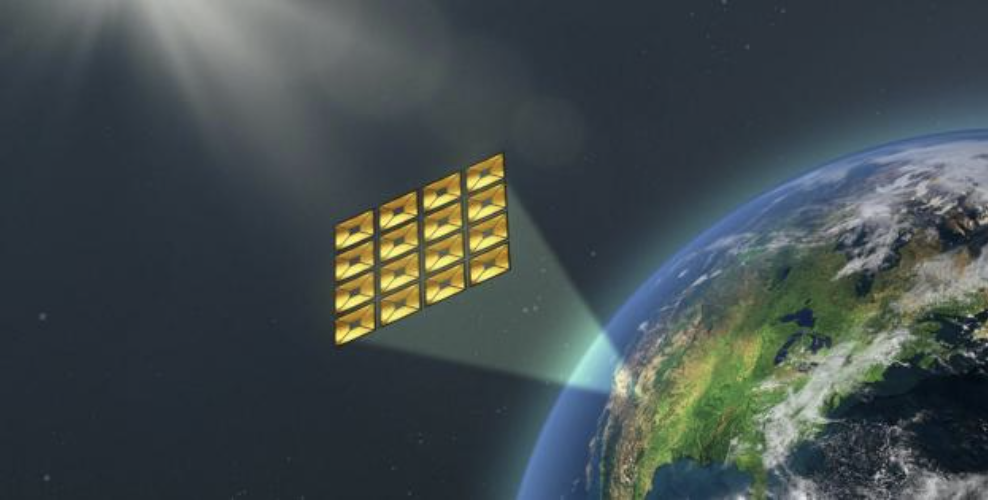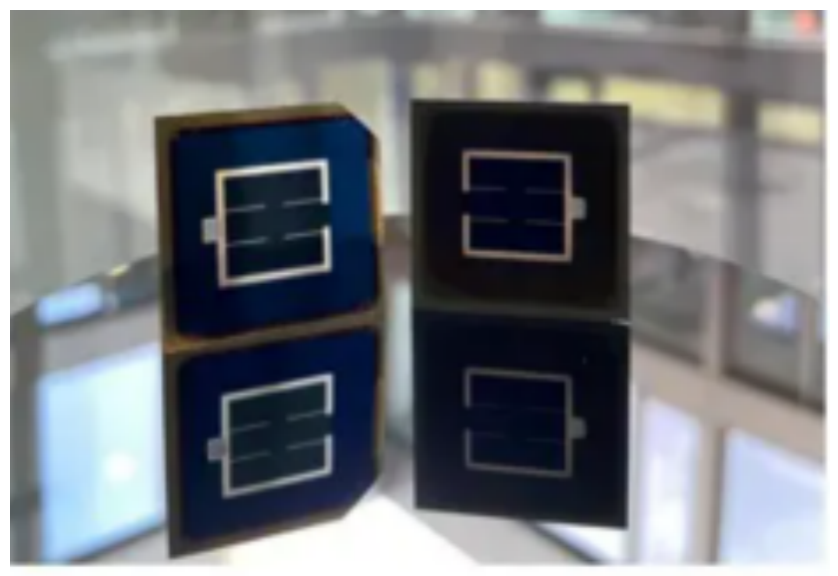Space Solar Power: China's Stratospheric Test Transmitting Energy via Microwaves

As the world races toward carbon neutrality—with the European Union aiming for net-zero by 2050 and the U.S. targeting 2050—renewable energy innovation has become a global imperative. Yet terrestrial solar, despite its growth, remains hamstrung by a fundamental flaw: intermittency. Cloud cover, nightfall, and extreme weather like sandstorms or heavy rain can slash output by 50% or more on any given day. This gap is why a groundbreaking experiment in China’s Chongqing is capturing global attention: by the end of 2025, the Chongqing Space Solar Power Experiment Base will complete its stratospheric test—a milestone that marks China’s bold step toward wireless energy transmission via microwaves. This small-scale stratospheric power station, floating 20 to 30 kilometers above Earth (a zone where sunlight is unobstructed and atmospheric conditions are stable), aims to demonstrate continuous solar energy collection and efficient microwave beaming to ground receivers, offering a glimpse of a future where clean energy is no longer at the mercy of Earth’s weather.
The Chongqing project, initiated in 2018 with an initial investment exceeding fifteen million United States dollars, represents years of strategic research into space-based solar power (SBSP)—a concept first proposed in the 1960s but long stalled by technical and cost barriers. Its centerpiece is a tethered balloon platform, crafted from ultra-light, radiation-resistant polyimide film that can withstand the stratosphere’s extreme temperatures (ranging from minus 55°C to 20°C). The platform is equipped with 32 square meters of high-efficiency triple-junction gallium arsenide solar panels—devices that convert 38% of sunlight into electricity, far outperforming the 22–25% efficiency of standard terrestrial silicon panels. These panels feed energy into a compact microwave transmitter, which operates at a safe 2.45 gigahertz frequency (similar to household Wi-Fi) to avoid harming aircraft or wildlife. Below, a 13.3-hectare ground station with 1,200 dipole antennas captures the microwave signal and converts it back into electricity, with a target connection to Chongqing’s regional power grid for real-world testing.

What sets this test apart is its focus on practical viability, not just theoretical breakthroughs. While European projects like the European Space Agency’s Solaris program deliberate over large-scale orbital plans (with a 2025 deadline to decide on funding), China’s approach prioritizes incremental, scalable progress. Early data from Chongqing’s pre-test simulations—conducted in 2024 using a smaller prototype—shows promising efficiency: the system retains approximately 60% of energy through conversion and transmission. This is a stark improvement over Japan’s 2022 microwave propulsion tests, which achieved just 0.43% overall efficiency, and even outperforms the U.S. Naval Research Laboratory’s 2015 stratospheric solar demo, which lost 50% of energy in transmission. “We’re not just chasing lab numbers—we’re building something that can be replicated and expanded,” notes Hou Xinbin, a leading SBSP researcher at the Chinese Academy of Sciences, adding that the team has already solved key challenges like beam drift (using AI to adjust the microwave signal in real time if the balloon shifts).
The global implications of this test extend far beyond technical innovation. Space solar power could deliver “base-load clean energy”—power available 24/7—by 2040, a critical complement to intermittent wind and terrestrial solar. For regions like sub-Saharan Africa, where 600 million people lack access to electricity, microwave-transmitted energy could bypass the need for costly grid infrastructure, bringing power directly to rural communities. The Chongqing test also addresses a major concern that has slowed Western SBSP projects: safety. Researchers have conducted 18 months of environmental impact studies, exposing local flora and fauna to low-intensity microwaves, and found no adverse effects (the signal’s power density is 100 times lower than international safety limits). China has even shared preliminary data with Brazil and Saudi Arabia—nations with high solar potential—to explore collaborative projects in equatorial regions, where stratospheric sunlight is most intense.

As China advances toward its 2030 target of launching a one-megawatt orbital solar facility (100 times larger than the Chongqing prototype), the 2025 stratospheric test serves as a crucial proof of concept. It positions China alongside global leaders in SBSP while offering a pragmatic model for international collaboration—one that emphasizes shared data and affordable technology. With the experiment’s completion imminent, the world watches not just for technical success, but for a glimpse of a future where solar energy, captured beyond Earth’s atmosphere, powers our transition to a sustainable planet. In the race to harness space resources, Chongqing’s stratospheric platform may just be the first step toward a new era of energy equality—where clean power is accessible, reliable, and unbound by geography.
(Writer:Lorik)





